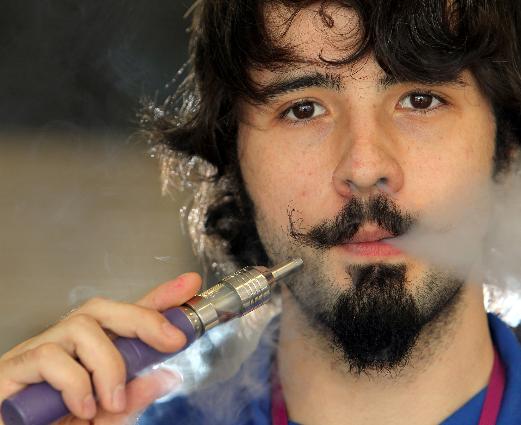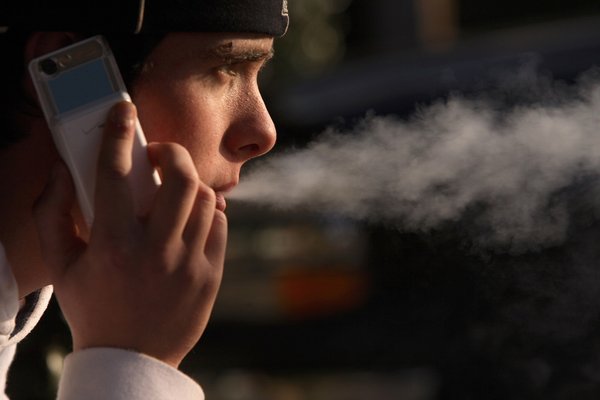POV: Seven reasons the FDA should regulate e-cigarettes
By Kevin Keenan
In a recent online blog post by Campaign for Tobacco Free Kids, it was clearly explained why e-cigarettes should soon be regulated by the Food and Drug Administration (FDA). The CDC recently reported that rates of electronic cigarette use among U.S. youths more than doubled from 2011 to 2012, when 10 percent of high school students reported ever having used e-cigarettes.
These numbers are troubling but not surprising. There has been an explosion in e-cigarette marketing in recent years, and e-cigarette manufacturers are using the same slick tactics long used to market regular cigarettes to kids. The following are seven ways in which makers of the e-cigarette are using the same marketing strategies as the tobacco industry used back in the 1950s through the early ’70s:
1. They have celebrity spokespeople.
Like cigarette ads of old, television, online and print ads for e-cigarettes feature catchy slogans and celebrity endorsers, including actor Stephen Dorff and rock musician Courtney Love for NJOY. Their message: Using these products is trendy and cool.
2. Their magazine ads feature rugged men … and glamorous women.
These ads feature today’s equivalents of the Marlboro Man and the Virginia Slims woman, depicting e-cigarette use as masculine, sexy or rebellious. E-cigarette ads have appeared in magazines that reach millions of teens, including Rolling Stone, Sports Illustrated, InStyle and Us Weekly.
3. They know sex sells.
Like cigarette companies have long done, e-cigarette makers portray use of their products as sexually attractive. The allure for young people to start using is just as real; particularly in the Internet age we live in.
4. They sponsor sports … and music festivals.
For decades tobacco companies used sponsorships of sports and entertainment events, especially auto racing and music festivals, to promote cigarettes to huge audiences, including kids. Cigarette sponsorships are now banned, however today e-cigarette brands have auto racing sponsorships of their own. The Blu Cig company is one of them.
5. Their products come in sweet flavors.
A 2009 federal law banned fruit- and candy-flavored cigarettes, but many e-cigarette companies gleefully pitch similar flavors. Apollo Vapors, for example, offers Almond Joyee (“the candy bar taste without the calories!”), French Vanilla (“like biting into a deliciously sweet vanilla cupcake”) and Banana Cream (“yummy ambrosia of bananas and whipped cream”).
6. They use cartoons.
The website for blu eCigs has featured a cartoon pitchman named “Mr. Cool.” It was reminiscent of the Joe Camel cartoon character that so effectively marketed cigarettes to kids in the 1990s.
7. Their ads say, “Switch, Don’t Quit.”
Tobacco companies have long tried to discourage smokers from quitting by marketing cigarette changes as reducing health risk. Some e-cigarette ads carry a similar message. No wonder youth e-cigarette use is on the rise. These developments underscore the need for the FDA to quickly regulate e-cigarettes and take steps to prevent their marketing and sale to kids.
Kevin Keenan is project director for Smoke-Free NOW, a program of Genesee/Orleans Council on Alcoholism and Substance Abuse.
http://thedailynewsonline.com/opinion/article_84e8a47a-32f7-11e3-a8fc-001a4bcf887a.html


